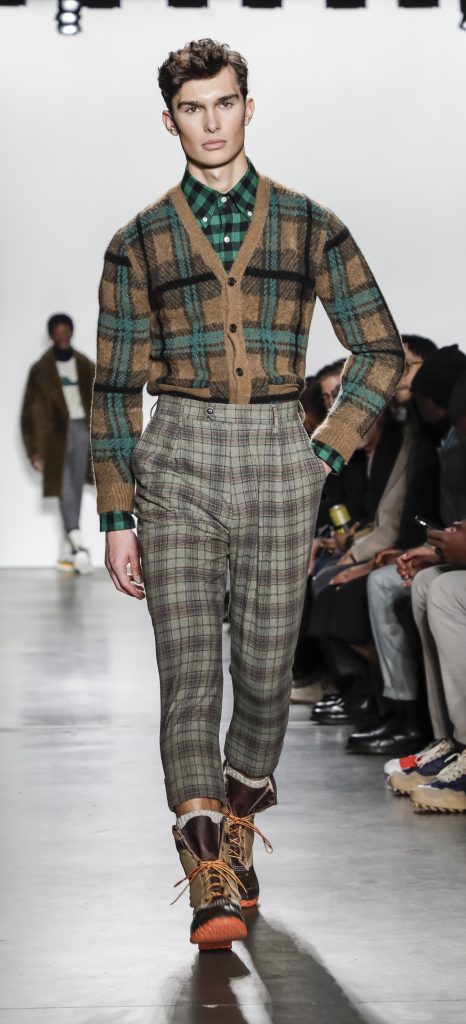Laughing Through the Ages: Funny Historical Valentine’s Day Events

Valentine’s Day, celebrated on February 14th, is widely recognized as a day for expressing love and affection. However, throughout history, this day has also been marked by a series of amusing and sometimes downright quirky events. Here’s a look at some of the funny historical happenings that have occurred on Valentine’s Day, proving that love can indeed make the world go round in the most unexpected ways. When Animals „Tie the Knot“ One of the most whimsical traditions takes place at the Buenos Aires Zoo in Argentina, where animals are ceremoniously „married“ on Valentine’s Day. This event, which began in the early 2000s, aims to promote animal conservation and breeding programs in a light-hearted manner. From lions to monkeys, various animal pairs are selected each year to participate in a mock wedding, complete with decorations and a feast. This unusual celebration reminds us that love knows no bounds, not even among the animal kingdom. The St. Valentine’s Day Massacre… of Cabbage In the small French village of Jaux, Valentine’s Day 1989 took a turn for the peculiar with the establishment of the „Order of the Cabbage.“ This humorous society, founded by local bachelors, celebrated their single status with a parade where cabbages were carried with great pomp and circumstance. The event culminated in a mock „massacre“ of the cabbages, followed by a feast where the vegetable was the star ingredient. This quirky celebration serves as a reminder that Valentine’s Day can also be a day to celebrate singleness and friendship. The Accidental Valentine’s Day Phone Jam In 2011, a small telecommunications company in Japan decided to run a Valentine’s Day promotion offering free phone calls for couples to express their love. However, due to an overwhelming response, the system crashed, leaving thousands of lovebirds unable to connect. The incident caused quite a stir and ended up being a humorous reminder of the perils of underestimating the power of love (and the importance of robust IT infrastructure). Historical Figures Born on Valentine’s Day Valentine’s Day also happens to be the birthday of some notable historical figures, adding a twist of fate to their legacies. For instance, Jack Benny, the famous American comedian and radio personality, was born on February 14, 1894. His association with Valentine’s Day is fitting, given his ability to spread laughter and joy, much like the holiday itself. The Oregon Statehood Love Affair On February 14, 1859, Oregon was admitted as the 33rd state of the United States. While not inherently humorous, the fact that Oregon’s statehood anniversary falls on Valentine’s Day has led to playful references about the state being the „Valentine’s state“ and jokes about its „love affair“ with the Union. This coincidence is a fun historical tidbit that adds to the tapestry of Valentine’s Day lore. Summary From animal weddings to cabbage massacres and telecommunication mishaps, Valentine’s Day has been marked by a variety of humorous and unusual events throughout history. These anecdotes remind us that while Valentine’s Day is primarily a celebration of love, it also offers opportunities for laughter, joy, and the unexpected. Opinion The funny side of Valentine’s Day history serves as a reminder that love and laughter are universally celebrated aspects of human experience. These quirky historical events not only provide entertainment but also enrich our understanding of how Valentine’s Day has been observed and celebrated in different cultures and eras. They underscore the idea that while traditions may vary, the desire to connect, celebrate, and sometimes just do something out of the ordinary, is a common thread that binds us all. So this Valentine’s Day, let’s remember to spread not just love, but a little laughter too.
The Fascination of Glen Check in Fashion

Glen Check, also known as Glen Plaid or Prince of Wales check, is a testament to the timeless allure of patterned fabric in the fashion world. Originating from the Scottish Highlands in the 19th century, this twill fabric was first used by shepherds to make durable and warm clothing. The pattern gained its name from the Glenurquhart Valley in Scotland, where the Countess of Seafield’s estate popularized the design. It wasn’t long before Glen Check transcended its humble beginnings to become a symbol of sophistication and style. Historical Background and Evolution The journey of Glen Check from the rugged landscapes of Scotland to the high-fashion runways of Paris and Milan is a fascinating story of cultural exchange and aesthetic innovation. In the early 20th century, Edward VIII, the Duke of Windsor and a known style icon, was instrumental in introducing Glen Check to the broader public and high society. His endorsement catapulted the pattern from country wear to a staple of gentlemen’s wardrobes across Europe and America. Modern Fashion’s Embrace In modern times, Glen Check has become synonymous with both classic and avant-garde fashion. Its versatility allows it to be used in various garments, from suits and coats to skirts and accessories, making it a favorite among designers seeking to blend traditional aesthetics with contemporary trends. The pattern’s subtle complexity, featuring a mix of small and large checks, offers a visual texture that adds depth and sophistication to any outfit. Versatility in Design What sets Glen Check apart is its unique ability to straddle the line between formal and casual wear. It has been reimagined in countless ways, from the sharp tailoring of business attire to the relaxed fit of casual streetwear. Designers love to play with its scale, colors, and context, proving that Glen Check can be both a statement and a staple. This adaptability makes it appealing to a wide audience, transcending age, gender, and style preferences. Influence on Fashion Trends and Designer Collections Throughout the decades, Glen Check has made notable appearances in the collections of esteemed designers and fashion houses. It has been celebrated for its understated elegance in the collections of Ralph Lauren, Gucci, and Burberry, among others. These brands have utilized Glen Check in innovative ways, blending it with other patterns or experimenting with color palettes to create modern classics that resonate with contemporary audiences. Summary The enduring appeal of Glen Check lies in its rich history, versatility, and the subtle elegance it brings to any garment. Its journey from the Scottish Highlands to the global fashion stage is a testament to its timeless charm and adaptability. As fashion continues to evolve, Glen Check remains a beloved pattern, cherished by designers and fashion enthusiasts alike for its ability to bridge the past and the present, the traditional and the modern. Opinion Glen Check embodies a rare blend of tradition and innovation in fashion. Its continued relevance and adaptability make it a quintessential pattern that challenges and inspires the fashion industry. As we look to the future, Glen Check stands as a symbol of enduring style, reminding us that some designs truly are timeless. Its ability to reinvent itself while maintaining its classic appeal is a lesson in the power of design evolution, making Glen Check not just a pattern, but a legacy in the fabric of fashion history. This exploration of Glen Check in fashion showcases not just a pattern, but a cultural phenomenon that continues to captivate and influence. Its story is a reminder of the beauty in tradition, the excitement of innovation, and the everlasting bond between the two. Glen Check, with its rich heritage and dynamic presence, remains an essential chapter in the narrative of fashion, one that continues to inspire and enchant with every check.

